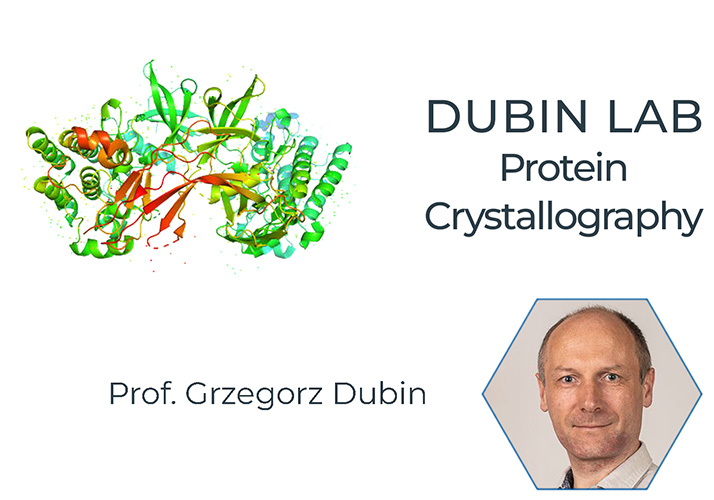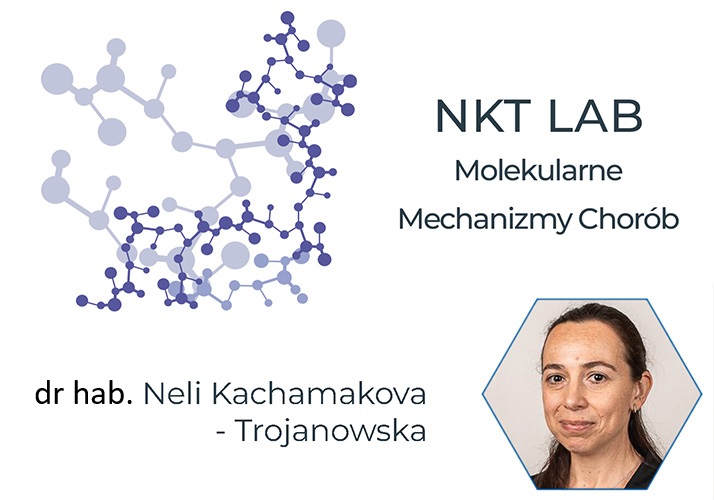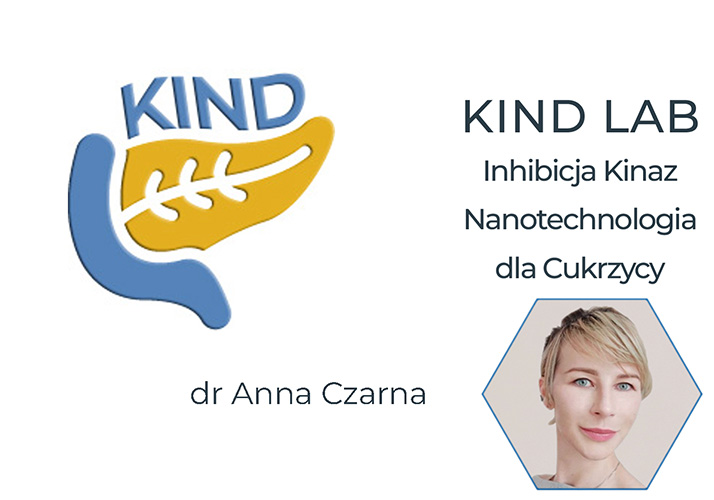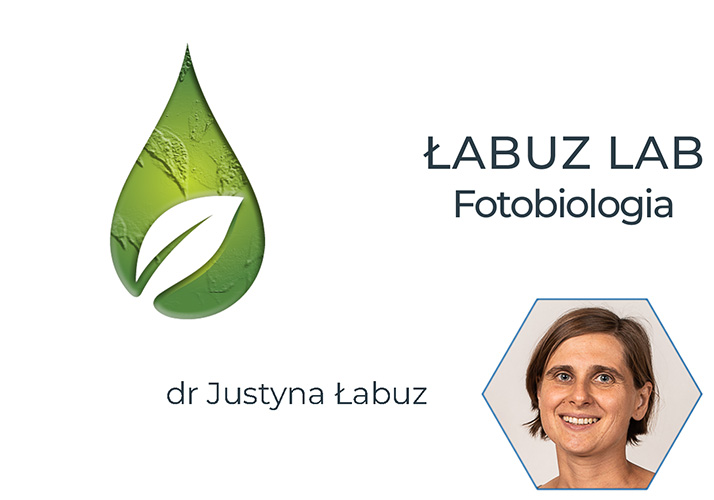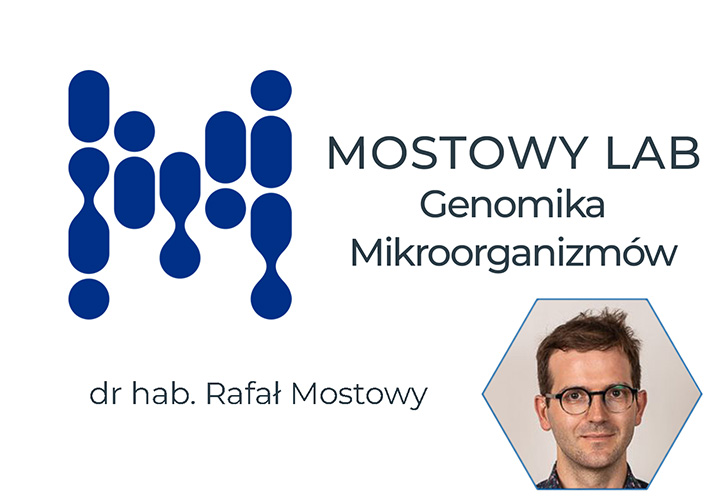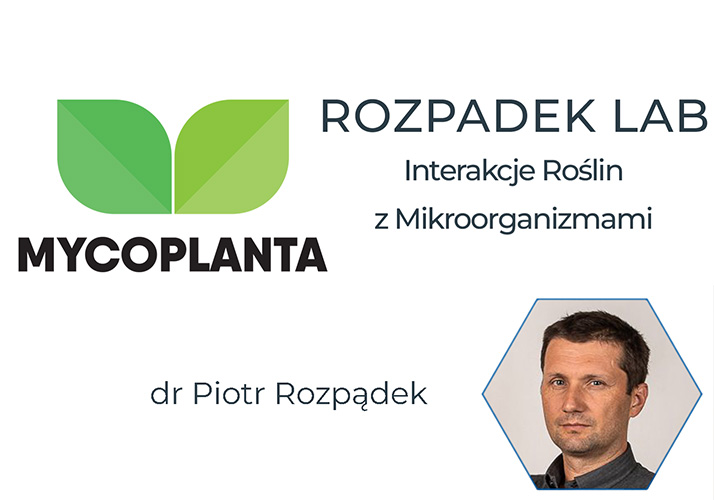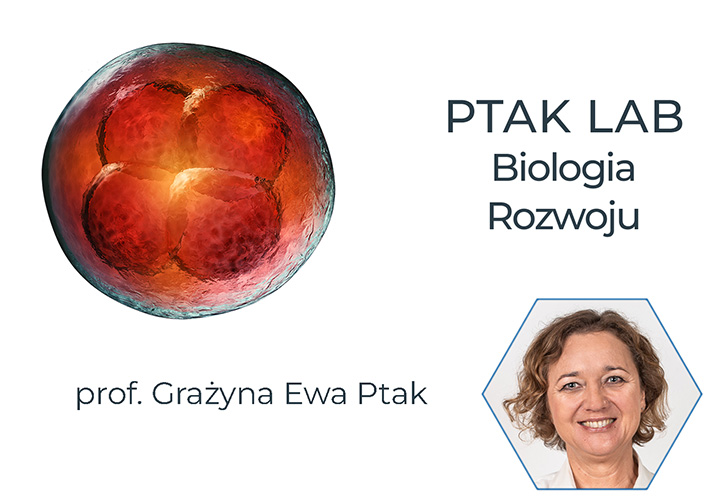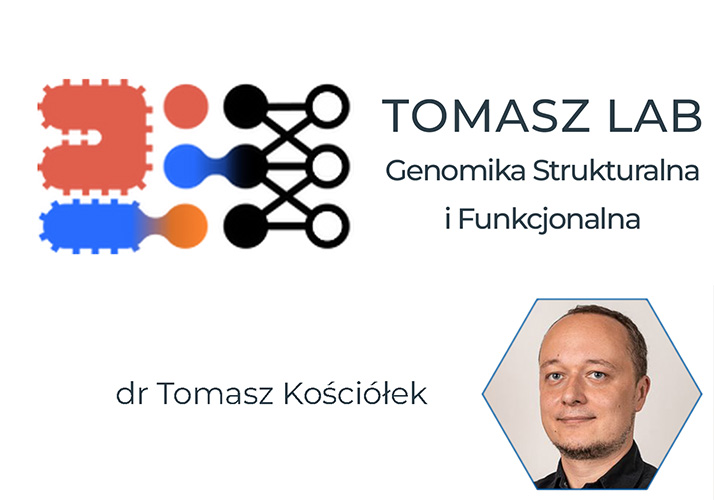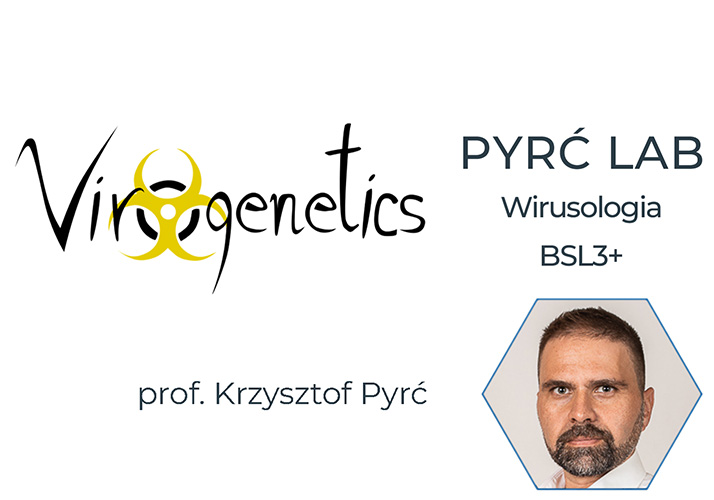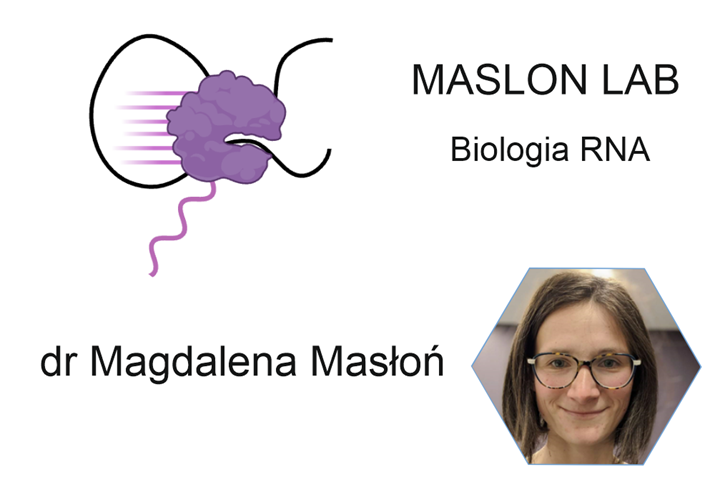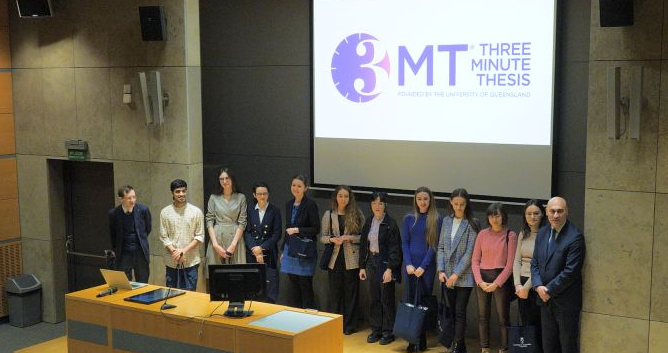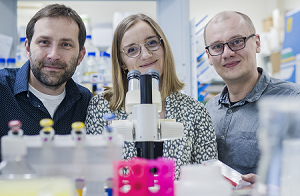HNF1A-MODY – Disease modeling in-a-dish
Maturity onset diabetes of the young (MODY) is caused by a mutation in a single gene and leads to diabetes under the age of 25. The mutations are inheritable, and any child have 50% chance of getting the same mutation as a parent. The mutations in HNF1A gene (leading to HNF1A-MODY) causes about 70% of all MODY cases. Diabetes is induced by lowering the amount of insulin. However, the clinical expression in HNF1A-MODY patients is quite variable even within the same family. Some can develop hyperglycemia, whereas others can be normoglycemic at the same age. It was shown that patients with HNF1A-MODY often develop diabetic microvascular complications, related to the endothelial dysfunction, however it is not clear whether these complications are result of the hyperglycemia or due to the genetic mutation in HNF1A gene.
Therefore, an improved understanding of the mechanisms and causes of endothelial dysfunction in HNF1A-MODY could provide new approaches for patient management. In the current project we are using two of the most impactful techniques for disease modeling –induced pluripotent stem cells (iPSCs) and CRISPR/Cas9 gene editing.
Our work is based on the usage of so-called isogenic lines that differ exclusively at the disease-causing mutation. Thus the individual variances could be diminished and subtle disease-relevant differences in monogenic diseases could be revealed.
Using isogenic iPSCs lines we found that cells with heterozygous mutation in HNF1A gene have increased vascular permeability after stimulation with pro-inflammatory cytokine (Kachamakova-Trojanowska et al., 2019). And this effect was even more pronounced in the cells with biallelic mutation. Currently, we would like to dissect the molecular background of the observed increase of the vascular permeability and to reveal its possible relation to HNF1A mutation.
Research techniques:
Derivation of iPSCs from human somatic cells
Differentiation of iPSCs toward endothelial cells
CRISPR/Cas9 gene editing techniques
Western blot
/pl_PL/kachamakova-trojanowska-lab-molekularne-mechanizmy-chorob
 Widok zawartości stron
Widok zawartości stron
 Widok zawartości stron
Widok zawartości stron
